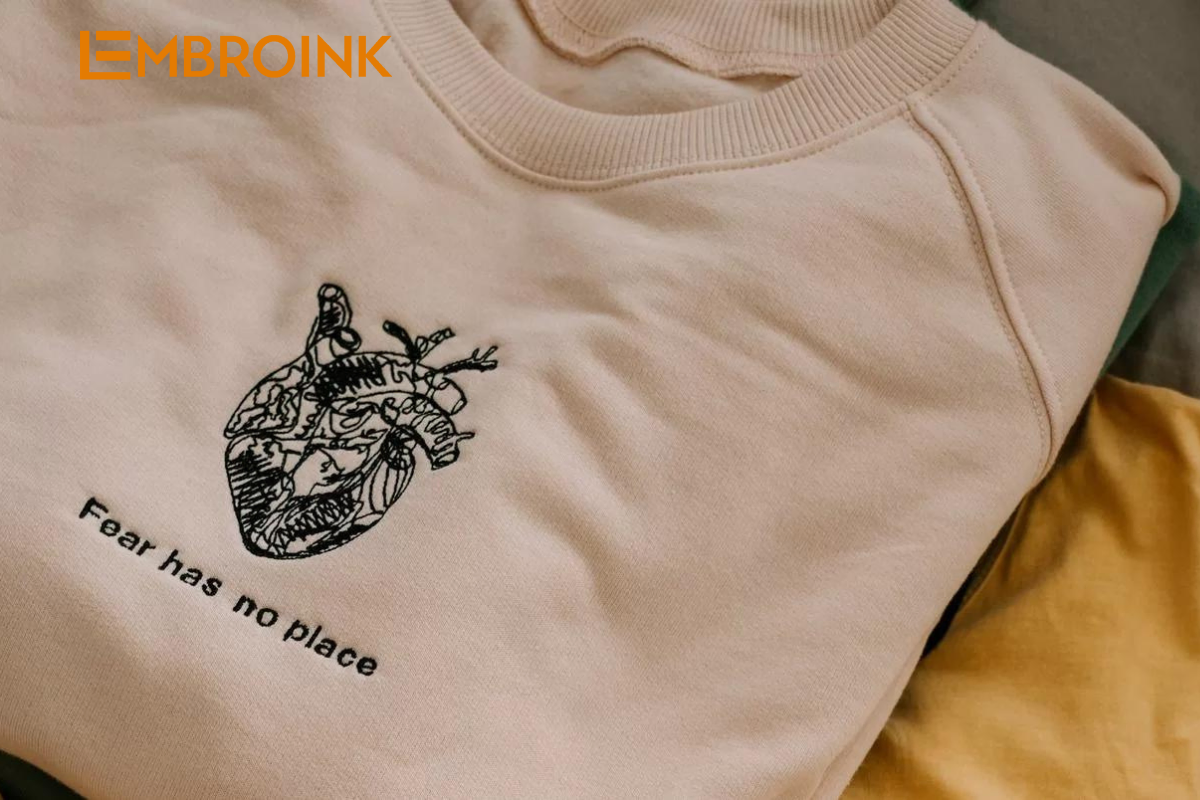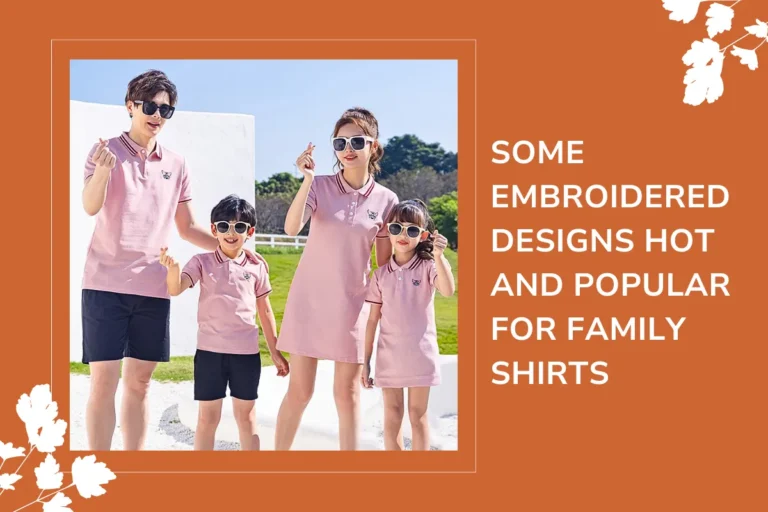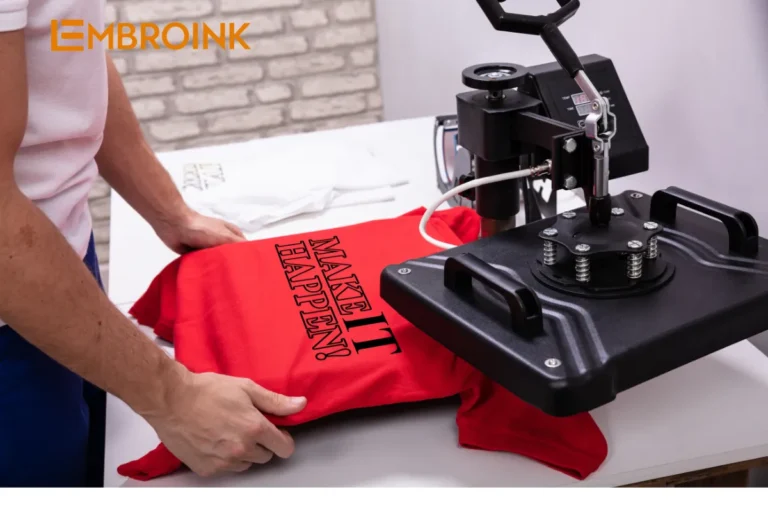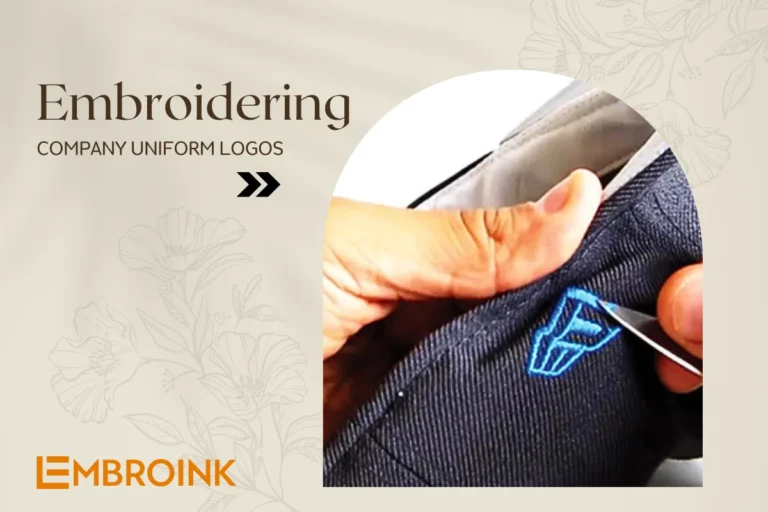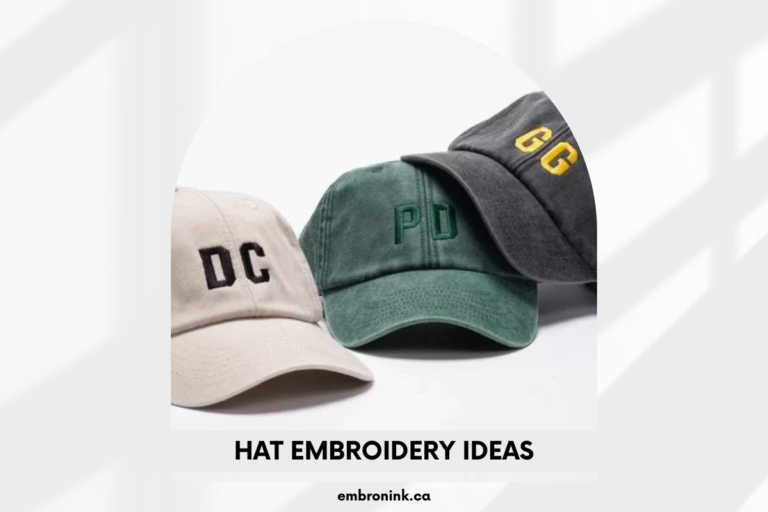Master the art of embroidery with these 6 expert tips
Whether you’re exploring a new creative hobby or have just started embroidery, there’s a world of possibilities waiting for you with a needle and thread. From thread painting to cross-stitch, a wide range of techniques can help you achieve your desired effect. Though it may seem daunting at first, embroidery is a calming activity that allows your creativity to flourish. Let’s join with EmbroInk.
Overview of the art of embroidery
Embroidery is a time-honored craft that involves decorating fabric with needle and thread or other materials to create intricate designs and patterns. It has been practiced for centuries across various cultures and remains a popular form of artistic expression and craftsmanship.
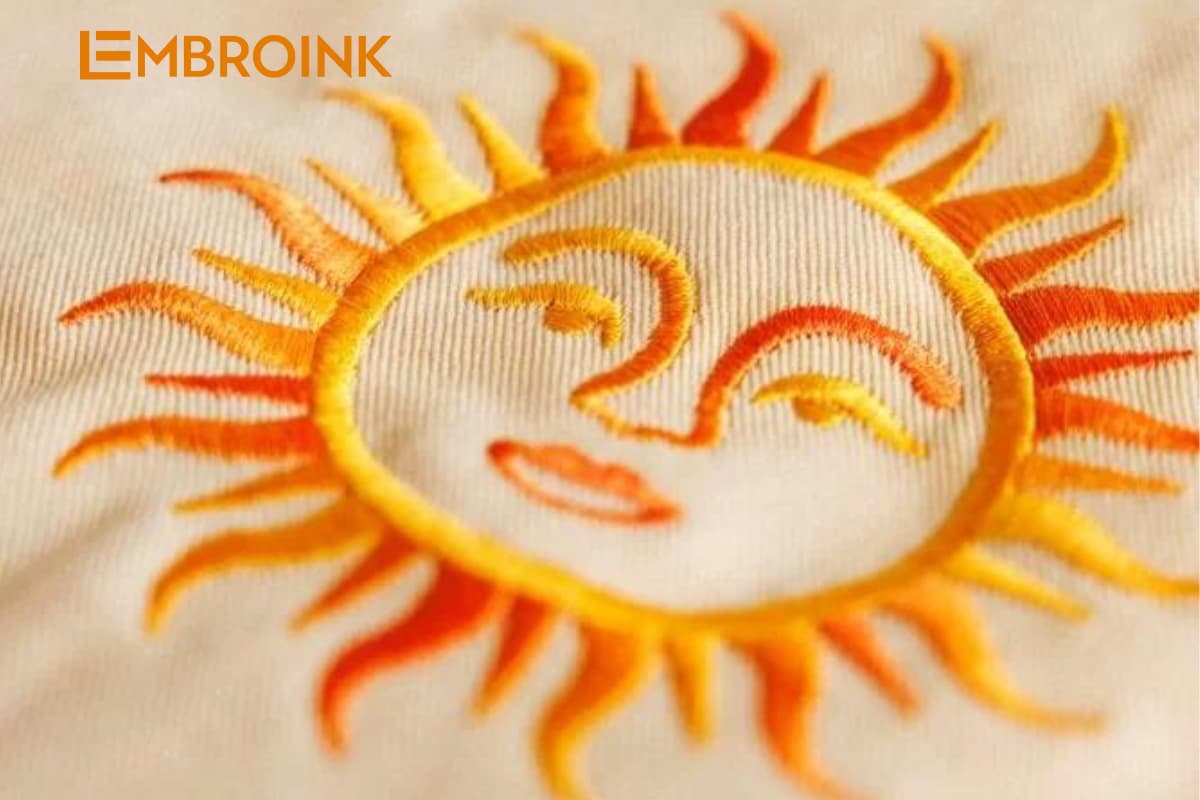
Historical background
Embroidery’s origins can be traced back to ancient civilizations where it was used to embellish clothing, household items, and ceremonial garments. Historical records show that embroidery techniques were developed independently in different regions, including China, Egypt, Persia, and Europe. Each culture contributed its unique styles, techniques, and motifs, enriching the global tapestry of embroidery.
Basic techniques
Embroidery encompasses a wide range of techniques, each offering distinct textures and effects. Some of the most commonly used techniques include:
- Satin Stitch: A method where the needle is used to create smooth, shiny, and dense stitches that fill shapes or outlines.
- Cross-Stitch: This technique involves creating X-shaped stitches in a grid pattern to form a design, often used for counted-thread embroidery.
- Chain Stitch: This stitch forms a chain-like pattern, often used for outlining and filling designs.
- French Knot: A decorative stitch that creates a small, raised knot, adding texture and dimension to the embroidery.
Materials and tools
The choice of materials plays a crucial role in embroidery. Key components include:
- Fabrics: Popular choices include cotton, linen, silk, and wool. Each fabric type has unique characteristics that affect the embroidery outcome.
- Threads: Embroiderers use various types of threads, such as cotton, silk, and metallic, to achieve different effects. Thread thickness and texture can influence the overall look of the design.
- Needles: Embroidery needles come in various sizes and types, each suited for different fabrics and techniques. Selecting the right needle is essential for achieving precise and comfortable stitching.
- Hoops and Frames: These tools help keep the fabric taut and make it easier to work on detailed designs.
Modern embroidery
In contemporary times, embroidery has evolved with new technologies and trends. Digital embroidery machines allow for intricate and precise designs, while traditional hand embroidery remains cherished for its craftsmanship and personal touch. Modern embroidery often combines traditional techniques with innovative materials and methods, expanding its applications in fashion, home decor, and art.
Cultural significance
Embroidery continues to be a meaningful practice in many cultures, reflecting local traditions, beliefs, and identities. It is often used in ceremonial garments, religious symbols, and cultural artifacts, preserving the heritage and artistry of different communities.
In summary, embroidery is a versatile and enduring art form that bridges the gap between functionality and creativity. Whether practiced by hand or with modern technology, it remains a powerful way to express artistic vision and preserve cultural traditions.
The importance of mastering basic techniques
Mastering basic techniques in embroidery is fundamental for both beginners and experienced practitioners. These foundational skills are crucial for several reasons, including achieving high-quality results, enhancing creativity, and ensuring long-term success in the craft. Here’s a detailed look at why mastering these basic techniques is so important:

Building a strong foundation
Basic techniques form the bedrock of more advanced embroidery skills. Mastering fundamental stitches and methods, such as satin stitch, cross-stitch, and chain stitch, provides a solid foundation on which more complex techniques can be built. This foundational knowledge ensures that you can approach new projects with confidence and skill.
Achieving professional results
A thorough understanding of basic techniques directly impacts the quality of your embroidery. Accurate and clean execution of foundational stitches results in polished and professional-looking designs. Mastery of basic techniques helps in achieving even, consistent stitches, proper tension, and clean lines, which are essential for creating high-quality work.
Enhancing creativity
Once you have a firm grasp of basic techniques, you can explore and experiment with more complex designs and stitches. Basic techniques provide the tools and confidence to innovate and adapt your style. For instance, understanding how to execute a French knot perfectly allows you to incorporate it into more intricate designs, adding texture and dimension to your work.
Improving efficiency
Efficiency in embroidery is greatly enhanced by mastering basic techniques. Familiarity with fundamental stitches means less time spent troubleshooting or correcting mistakes. This efficiency allows you to complete projects more quickly and with greater satisfaction, making the crafting process more enjoyable and productive.
Preventing common errors
Mastering basic techniques helps in preventing common errors that can arise from poor technique or lack of knowledge. For example, understanding how to properly thread a needle and maintain consistent tension can prevent issues like uneven stitches or puckering fabric. This attention to detail reduces frustration and improves overall craftsmanship.
Building confidence
Confidence in your embroidery skills is built through mastering basic techniques. When you are proficient in fundamental stitches and methods, you can approach new projects and challenges with assurance. This confidence is essential for tackling more ambitious designs and continuing to grow as an embroiderer.
Facilitating skill development
Mastery of basic techniques sets the stage for learning and mastering more advanced techniques. Understanding the core principles of embroidery enables you to grasp more sophisticated techniques with greater ease. This progression allows for continuous skill development and improvement over time.
6 Expert tips for getting started with embroidery
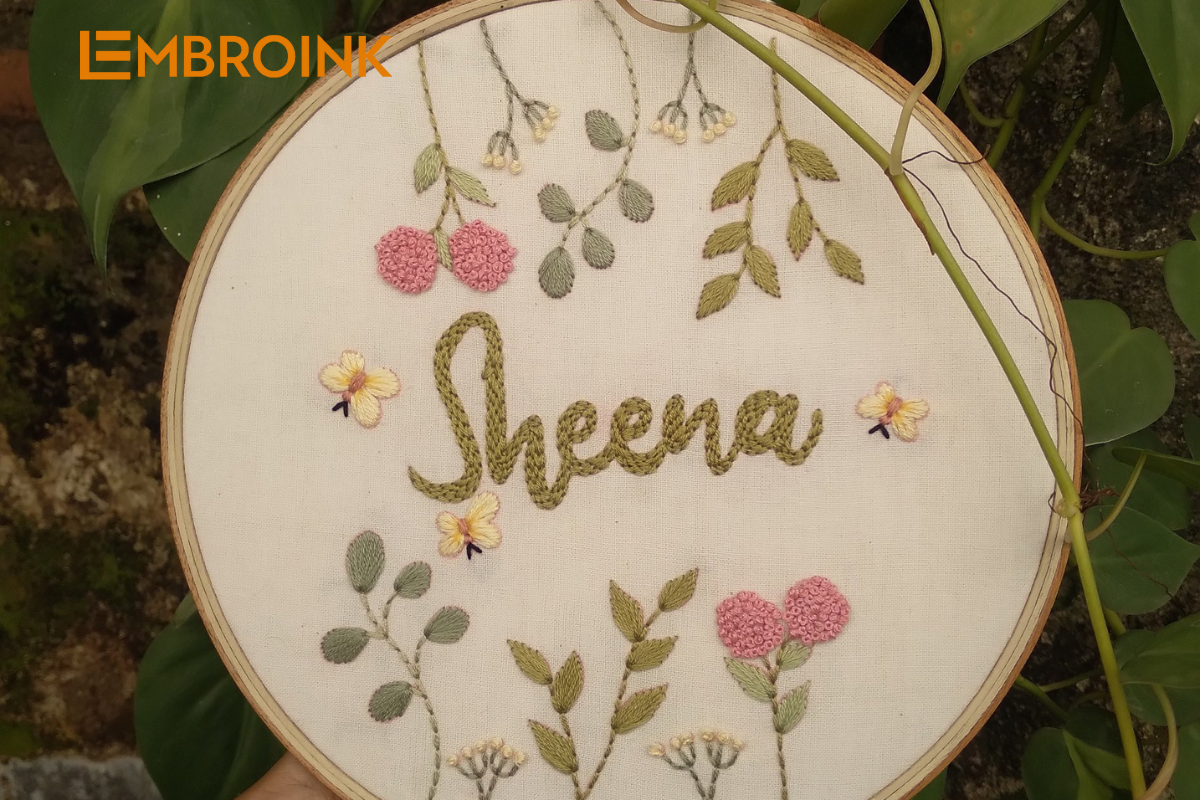
Start with a small project
Starting with smaller, manageable projects is a great way to build your confidence and develop your skills in embroidery. By working on smaller pieces, you can see results more quickly, which not only boosts your motivation but also allows you to enjoy the satisfaction of completing a project sooner. This sense of accomplishment from finishing smaller projects can be incredibly encouraging, helping you stay motivated and eager to tackle more complex designs as you continue to improv
Feel free to experiment
Don’t hesitate to experiment with different colors and stitches in your embroidery projects. Trying out various threads and techniques can lead to unexpected and exciting results. If you find that a particular thread or stitch doesn’t achieve the effect you were aiming for, remember that it’s not a problem—simply remove it and try a different approach. Experimentation is an integral part of the creative process, allowing you to discover new textures, combinations, and styles that can enhance your work. Embracing this trial-and-error approach will not only help you refine your skills but also open up new avenues for creativity and personal expression in your embroidery projects.
Explore various threads
I highly recommend experimenting with a variety of thread brands, thicknesses, and compositions in your embroidery projects. Each type of thread can bring its own unique texture and visual impact, adding depth and interest to your work. By incorporating different thread textures and thicknesses, you can create stunning effects and enhance the overall quality of your embroidery.
Additionally, don’t shy away from using unconventional materials such as woolen yarn. While not traditionally associated with embroidery, woolen yarn can offer distinctive textures and a new dimension to your designs, allowing you to explore innovative and creative possibilities in your craft. Embracing this variety will not only expand your skill set but also help you achieve truly personalized and expressive results.
Choose the right fabric
Start by selecting high-quality, non-stretch fabrics such as cotton, silk, or linen for your embroidery projects. It’s crucial to choose fabrics that provide a stable and reliable foundation, as they greatly impact the final outcome of your work. To ensure you get the best material for your needs, take the time to visit fabric stores and feel the textures and qualities of different fabrics firsthand. This hands-on approach will help you make informed decisions and select the perfect fabric that will enhance the overall quality and appearance of your embroidery. A good foundation is essential for achieving the most impressive and professional results.
Experiment with needles
Experimenting with different types and sizes of embroidery needles is an important step in finding the right tools for your craft. Embroidery needles come in a wide range of sizes and styles, each designed for specific techniques and types of fabric. Since needles are relatively inexpensive, trying out various options can be a cost-effective way to discover what works best for you. Consider factors such as needle size, shape, and material, as each can affect how smoothly your needle glides through the fabric and how easily you can manage your stitches.
Finding a needle that feels comfortable in your hand and suits your particular needs can make a significant difference in your embroidery experience. By exploring different needles, you’ll be able to enhance your efficiency, precision, and overall enjoyment of the craft.
Invest in a magnifying lamp and embroidery stand
If you’re serious about diving into embroidery, it’s worth considering an investment in a magnifying lamp and an embroidery stand. These tools can significantly enhance your crafting experience by providing optimal lighting and supporting proper posture. A magnifying lamp helps illuminate fine details and reduces eye strain, making it easier to work on intricate designs and small stitches.
Meanwhile, an embroidery stand supports your fabric at a comfortable height and angle, allowing you to maintain good posture and work for longer periods without discomfort. Together, these tools will make your embroidery sessions more efficient and enjoyable, allowing you to focus on your creative process without the strain of poor lighting or awkward positions.

